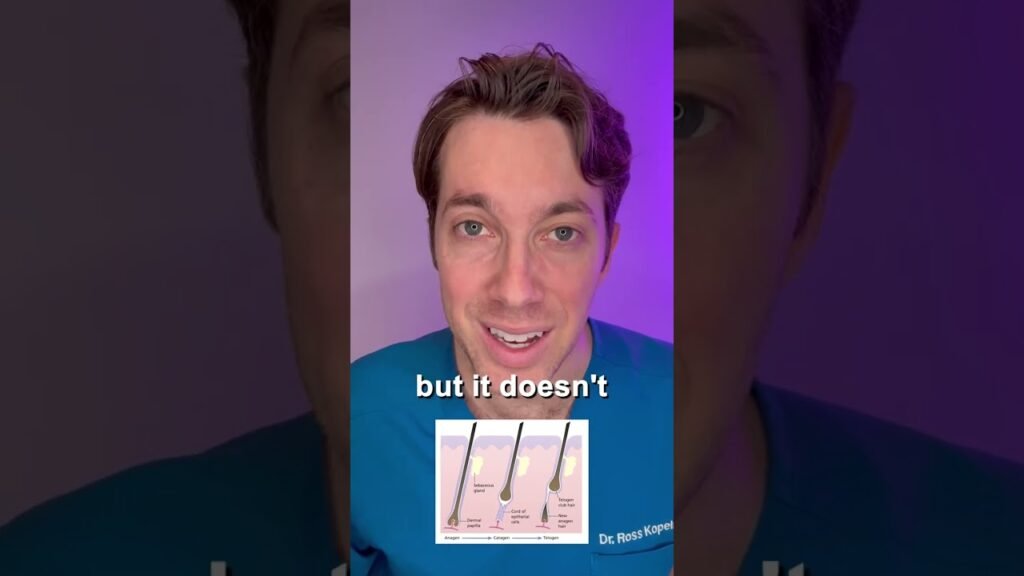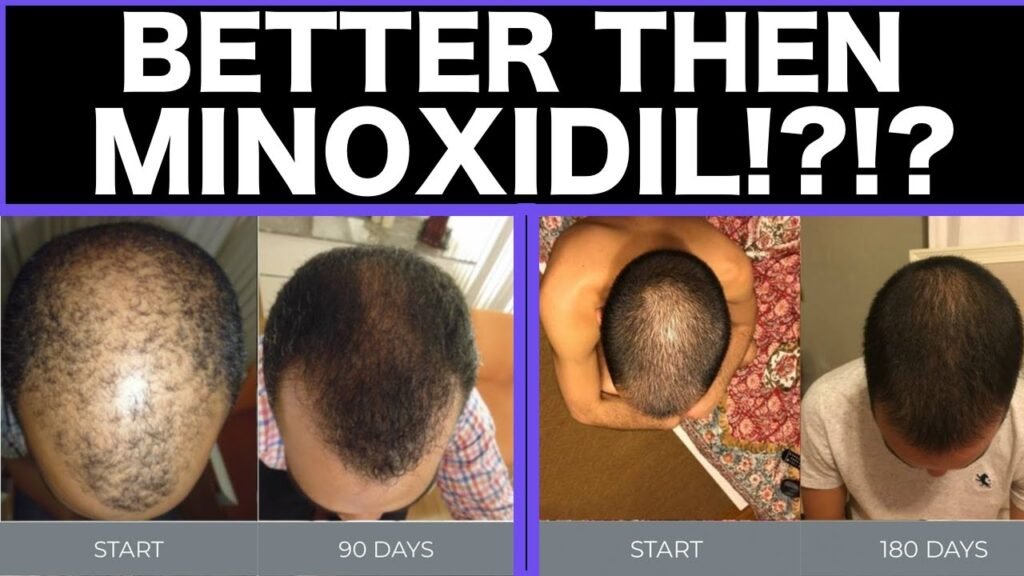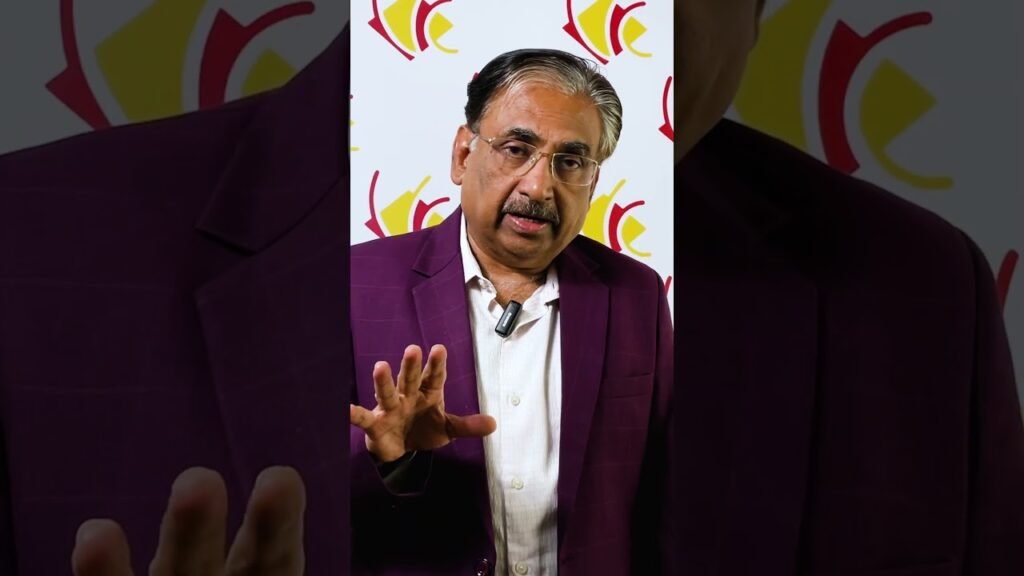Drawbacks of choosing Minoxidil vs finasteride
When considering hair loss treatments, understanding the drawbacks of Minoxidil compared to Finasteride is crucial for making an informed decision. One significant downside of choosing Minoxidil is that it primarily addresses hair growth by stimulating hair follicles directly, which means it does not target the hormonal cause of hair loss. This can be a limitation for individuals dealing with androgenetic alopecia, as Minoxidil doesnt prevent the production of DHT (dihydrotestosterone), a hormone linked to hair follicle miniaturization.
Another drawback of Minoxidil is the commitment to long-term, consistent application. Users are required to apply the topical solution twice daily, and missing applications can lead to diminished results. In contrast, Finasteride is typically taken once a day in pill form, which can be more convenient for some individuals. Additionally, Minoxidil can cause side effects such as scalp irritation, itching, or redness, which might not be suitable for those with sensitive skin.
Moreover, the efficacy of Minoxidil is often limited to specific areas of the scalp, such as the vertex (crown). Users seeking hair regrowth in other regions, like the hairline, may find Minoxidil less effective. Finasteride, on the other hand, works systemically by reducing DHT levels throughout the body, potentially providing more comprehensive coverage for hair loss. This systemic approach, however, comes with its own set of drawbacks, such as the risk of sexual side effects, which is not a concern with Minoxidil.


